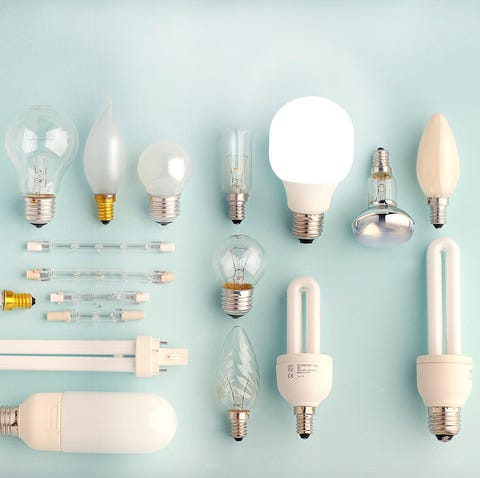Basic Guides To The Different Light Bulbs

Do you reach for the most familiar sort of light bulb when changing a light bulb in your home? You might not think twice about the kind of light bulb you use unless you are already searching for ways to save electricity.
You don’t have to settle for bare old incandescent bulbs when it comes to home lighting if you don’t want to. And as a beginner, endeavour to go through people’s reviews on AmonAvis. Here is a beginner’s guide to light bulb styles and their benefits and drawbacks.
- Light Bulb Halogen
Halogen bulbs have a similar appearance to incandescent bulbs, but they use less energy. They generate light by heating a filament, but they also use the halogen cycle. A chemical called tungsten is burned as an incandescent bulb heats the filament with electricity. When tungsten evaporates, it darkens the glass in a light bulb, reducing the amount of light it will produce.
Halogen bulbs contain halogen gas, which prevents tungsten from adhering to the bulb’s surface. The light bulbs will last a little longer as a result of this. Recessed lighting, pendant lighting, and under-cabinet lighting are all popular uses for these bulbs. Always check out Lampesdirect
- Light Bulbs with LEDs
Light-emitting diodes are the abbreviation for light-emitting diodes. These are some of the most energy-efficient bulbs on the market, but they appear to be more expensive to buy. LED bulbs do not use filaments to produce light; instead, semiconductors are used to convert electricity into light.
LED bulbs use 75% less energy and can last up to 25 times longer than incandescent bulbs. They’re incredibly long-lasting and come in a range of shapes, sizes, and colours, allowing you to use them in the same places where incandescent bulbs once did.
- Fluorescent Light Bulbs (CFL)
Compact fluorescent lamps are abbreviated as CFLs. Also, these bulbs are a perfect energy-saving alternative to incandescent bulbs. Instead of the round egg shape that most traditional light bulbs have, they resemble a series of coiled tubes.
UV light is produced by CFL bulbs using argon and mercury gases. Every bulb has a phosphor coating on the inside that makes the UV light visible. CFL bulbs are common because they use less energy and last ten times longer than incandescent bulbs while still being less expensive than LED bulbs. The disadvantage of CFL bulbs is that they contain toxic mercury. It would help if you were meticulous not to crack them since this could result in mercury being released into the atmosphere. It can take a few seconds or longer for them to warm up and become fully lit.
- Globe LED Bulb
These bulbs are shaped like incandescent bulbs, but instead of filaments, they use LED (light-emitting diode) technology. They’re a perfect substitute for older bulbs in your home. They use significantly less energy than conventional incandescent bulbs and can considerably reduce the cost of lighting in your home or company.
- Fluorescent Light with a Twist
These fluorescent light bulbs use lesser energy than incandescent bulbs and last a long time, resulting in significant cost savings over their lifetime. They can be used in both homes and businesses and come in various brighter and dimmer options.
- Fluorescent Tube Lamp
The cost of these bulbs is generally higher than that of standard incandescent bulbs. They do, however, appear to pay for themselves over time due to their long lifespan. They do produce a lot of light, so Users can’t dim them. Unfortunately, they will begin to flicker as they age and will need to be replaced.
Conclusion:
Color your light bulb in different color or use it as an addition to the regular colored lights for your room. In Dingley Village suburb of Melbourne more home owner trust Mondolux. A Commercial Lighting Supplier in Australia offering short lead times on quality commercial lighting solutions such as downlights, spotlights & trachlights, linear led & extrusion and many more for retail & commercial application.







